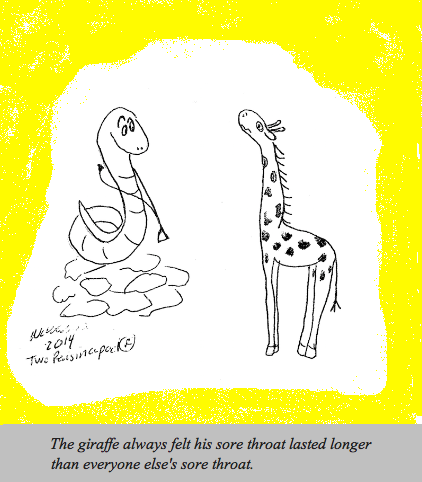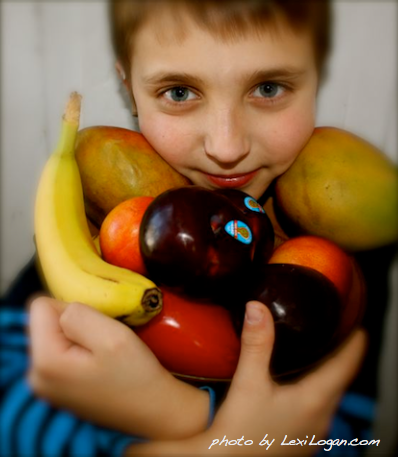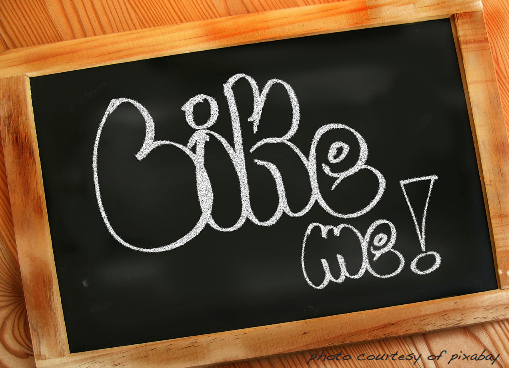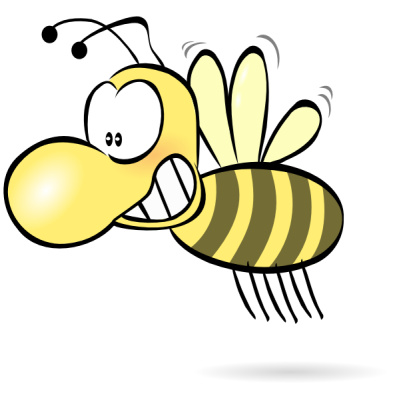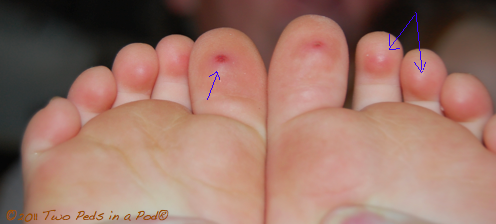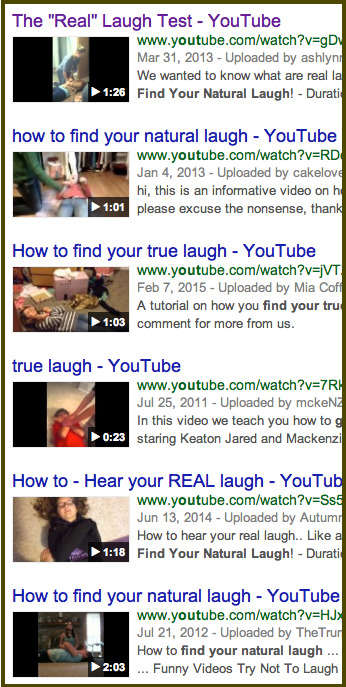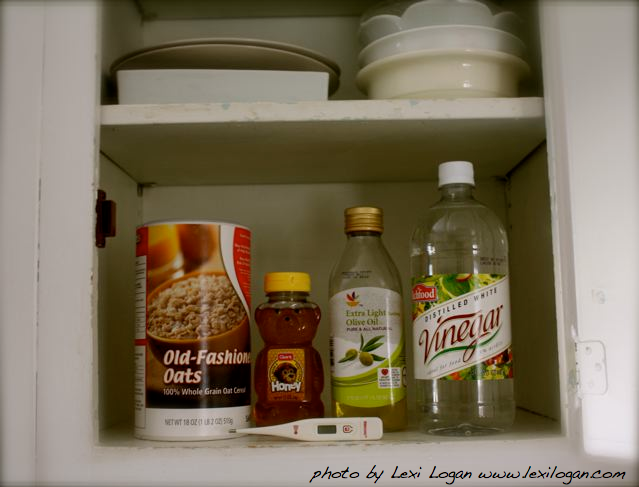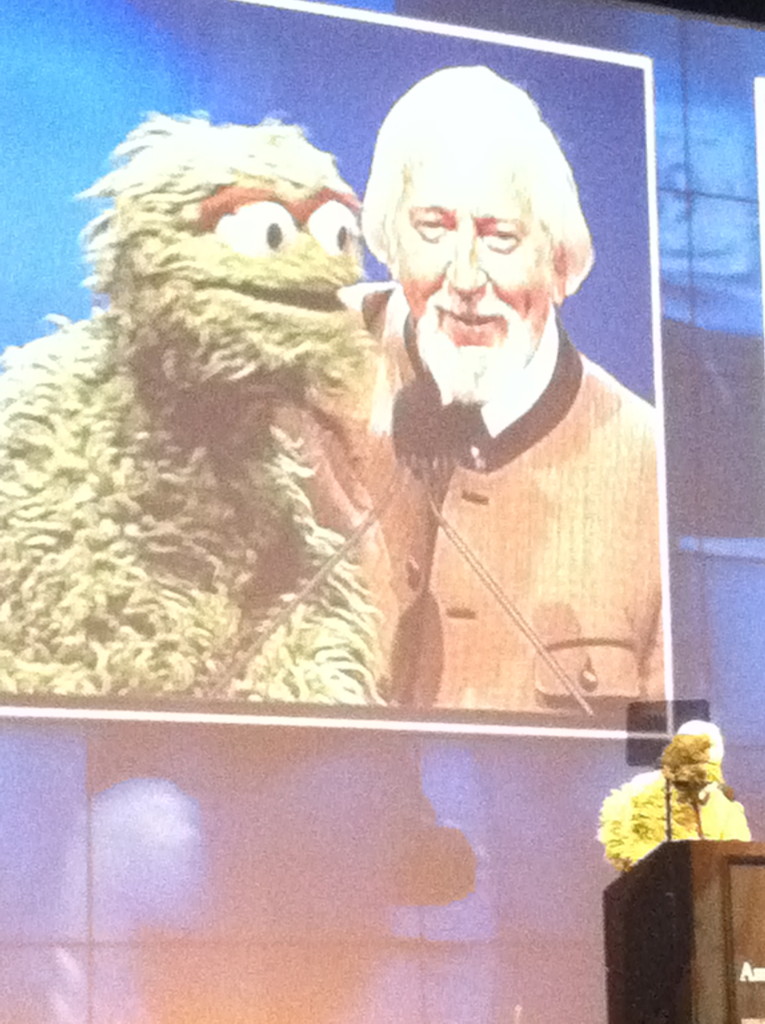How to treat your vomiting child
“Mommy, I throwed up.”
Few words are more dreadful for parents to hear, especially at 2:00am (my children’s usual time to start with a stomach bug).
In my house, I am the parent who, after the vomiting, comforts, changes pajamas and sheets, washes hands and face, and sprays the disinfectant. My husband scrubs (and scrubs, and scrubs) the rug. Little kids never throw up neatly into a toilet or into the garbage can. Sometimes even big kids can’t seem to manage to throw up conveniently.
What should you do when you have a vomiting child?
After you finish cleaning your child and her immediate environment, I suggest that you CHANGE YOUR OWN CLOTHES AND WASH YOUR HANDS! The most common cause of vomiting in kids is a stomach virus, and there are so many strains, we do not develop immunity to all of them. And trust me, stomach viruses are extremely contagious and often spread through entire households in a matter of hours. Rotavirus, a particularly nasty strain of stomach virus, is preventable by vaccine, but only young babies can get the vaccine. The rest of us are left to fend for ourselves.
Stomach viruses usually cause several episodes of vomiting and conclude within 6-8 hours. Concurrently or very soon thereafter, the virus makes an exit out the other end in the form of diarrhea, which can last a week or so.
A hint to get through a long night: If your kid is too young to vomit into the nearest trash can, make a nice nest for her with many towels on the bathroom floor. For the older kids, put layers of towels on the pillow.
The biggest problem children face when vomiting is dehydration.
Kids need to replace fluids lost from vomiting. Pedialyte® or other oral rehydration solutions (ORS) such as Kaolectrolyte® or CeraLyte® are useful and well tolerated beverages for rehydrating kids. They contain salt, sugar, electrolytes and water, all substances that kids need when they throw up and have diarrhea.
For babies however, try to “feed through” with breast milk or formula unless otherwise directed by your child’s doctor.
Most oral rehydration guidelines are based on diarrheal illnesses such as cholera, so you will find slight variations on how to rehydrate. Basically, they all say to offer small frequent amounts of liquid. I council parents to wait until no throwing up occurs for 45 minutes to an hour and then start offering very small amounts of an ORS (we’re talking spoonfuls rather than ounces) until it seems that the vomiting has subsided.
In her house, Dr. Lai uses the two vomit rule: her kids go back to bed after the first vomit and she hopes it doesn’t occur again. If vomiting occurs a second time, she starts to rehydrate.
Continue to offer more fluids until your child urinates- this is a sign that her body is not dangerously dehydrated. Refusing to drink? Children of all ages do better with straws, and you’d be surprised how much you can get in with a medicine syringe (available at pharmacies).
Can’t immediately get out to the store?
The World Health Organization has recommended home based oral rehydration solutions for years in third world countries. Also, while the oral rehydration solutions are ideal, any fluid is better than none for the first hours of a stomach bug. You can give older kids watered down clear juices, broth or flat ginger-ale with lots of ice. Now, some kids hate the taste of Pedialyte®. Plain, unflavored Pedialyte® splashed with juice often goes down better than the flavored varieties. For some reason, plain water tends to increase nausea in sick kids and copious amounts of plain water can lower the salt in a child’s bloodstream. So, offer a fluid other than plain water while your child is vomiting.
Even if your child drinks the Pedialyte®, once the stomach symptoms have subsided, don’t forget that Pedialyte®, while excellent at “filling the tank,” has no nutrition. The gut needs nutrition to overcome illness. Start to offer small amounts of food at this point. Easy-to-digest foods include complex carbohydrates such as rice, noodles, toast with jelly, dry cereal, crackers, and pretzels. Additionally, give protein such as bits of turkey or baked chicken or tofu.
Thicker fluids such as milk and orange juice do not sit as well in upset bellies, nor do large quantities of anything, food or drink. So offer small bits of nutrition fairly frequently and let kids eat as their appetite dictates. Warning- just when everything blows over, toddlers in particular may go a day without vomiting, then vomit one more time as a last hurrah.
Vomiting from stomach viruses typically does not cause severe pain.
A child curled up whimpering (or yelling) on the floor with belly pain might have something more serious such as appendicitis, kidney stones, or a urinary tract infection. Call your child’s doctor about your child’s vomiting if you see any of the following:
- Blood in vomit or in stools
- Severe pain accompanying vomiting (belly pain, headache pain, back pain, etc.)
- No urine in more than 6 hours from the time the vomiting started (dehydration)
- Change in mental state of your child- not responding to you appropriately or inconsolable
- Vomit is yellow/green
- More fluid is going out than going in
- Illness not showing signs of letting up
- Lips and mouth are dry or eyes sunken in
- Your own gut tells you that something more is wrong with your child
Of course, when in doubt, call your child’s doctor .
Hope this post wasn’t too much to stomach!
Julie Kardos, MD and Naline Lai, MD
©2013, 2015 Two Peds in a Pod®

